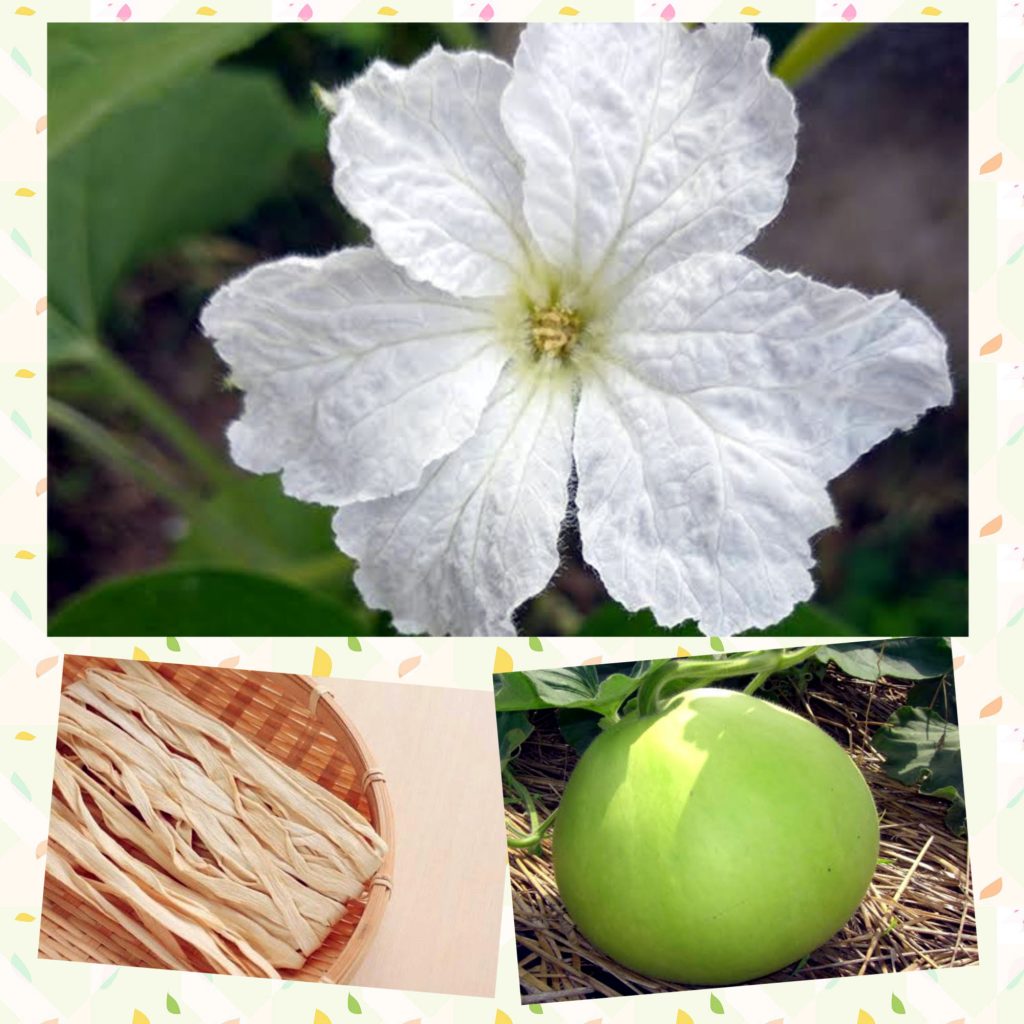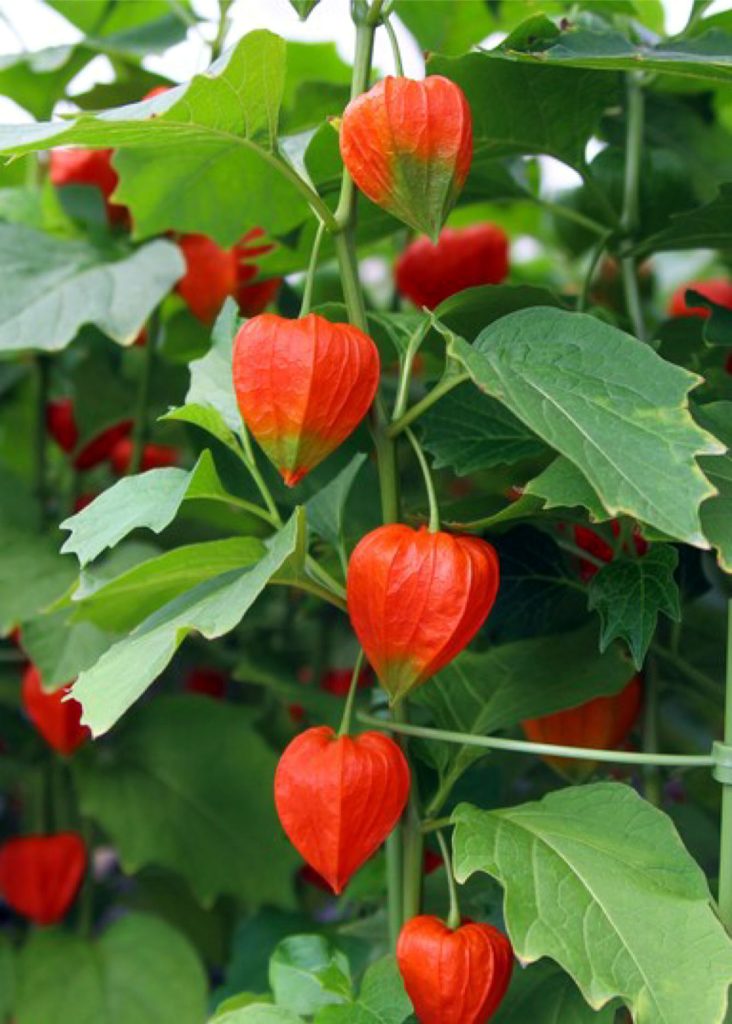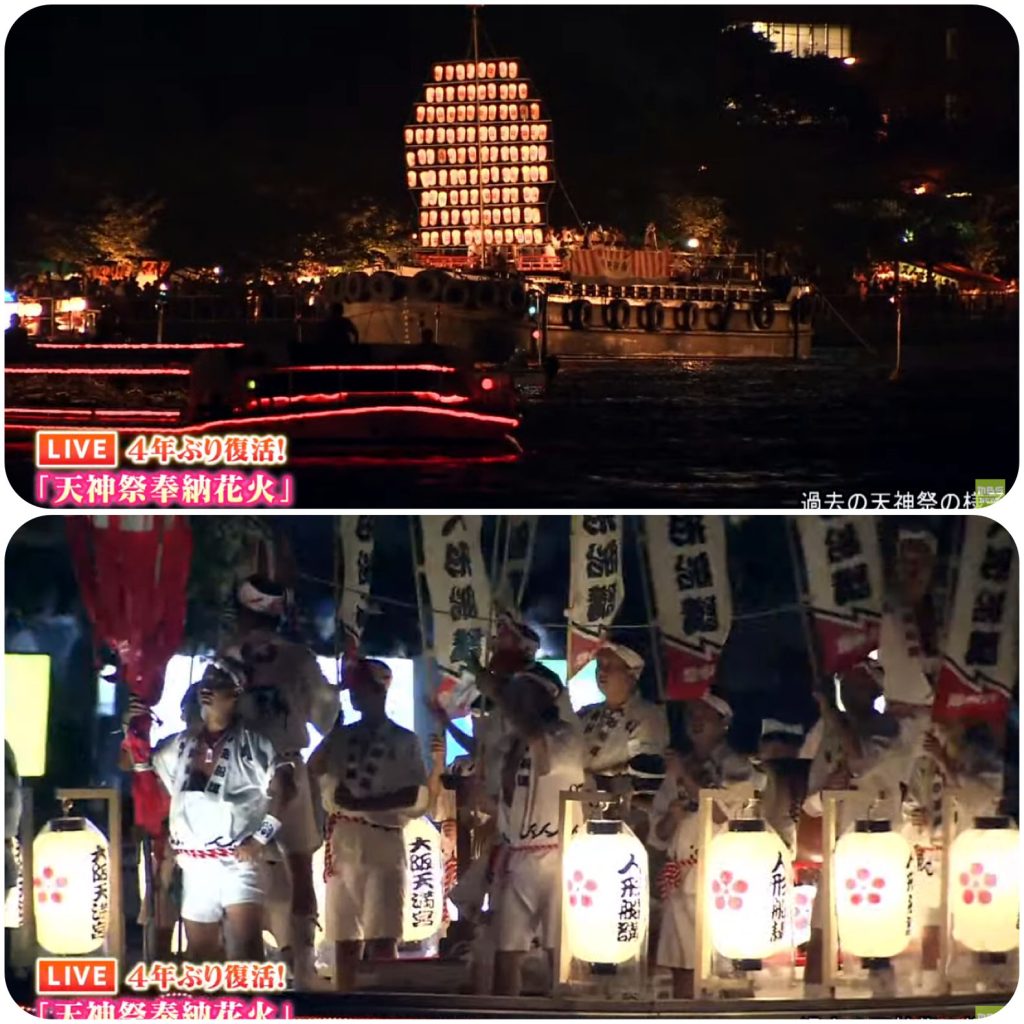
In a corner of Kogawa Village, Izumi City, there is an agricultural facility called ‘Izumi Fureai No-no-Sato’ (Izumi Interaction Farm Village). This facility holds various agricultural-related courses, vegetable cultivation workshops, and experiential classes like bamboo craft, providing opportunities for recreational activities and promoting health through agricultural experiences. Participants can enjoy vegetable and fruit harvesting experiences, as well as cooking local dishes using the harvested crops.
One scorching summer day, I participated in a ‘Soba noodle-making class’ at this facility. Adjacent to the classroom, there was an area where they were hosting a ‘Nagashi Somen’ event, and several families were enjoying the delicious flow of somen noodles. It was a quintessential summer scene.
Recently, I saw a sign that said ‘Somen Nagashi’ somewhere, which piqued my curiosity. So, I looked it up on the internet. It turns out that ‘Nagashi Somen’ and ‘Somen Nagashi’ are different things. ‘Somen Nagashi’ is when you eat the noodles with an artificial water current flowing around the table, while ‘Nagashi Somen’ is when you eat the noodles using a bamboo flume with a natural water flow. The places of origin are also different, with ‘Nagashi Somen’ originating from Takachiho Gorge in Miyazaki Prefecture and ‘Somen Nagashi’ from Tashiro Gorge in Kagoshima Prefecture. It’s quite fascinating, and interestingly, both places are not too far from each other.
By the way, when I looked up ‘Somen Nagashi,’ I was surprised to find that there are many electric household products available for it online. This was yet another surprising discovery!
和泉市の山ふところ小川(こがわ)村の一角に「いずみふれあい農の里」と言う農業施設があります。農業に関する講座、野菜栽培講習、竹細工等の体験教室などが開かれ、野菜や果物の収穫体験や収穫した作物を使った郷土料理作りなど、農業を通じたレクリエーション活動や健康の増進などを図るための施設です。
真夏日の一日、「蕎麦打ち教室」に参加しました。教室横の広場では、ちょうど「流しそうめん」が開かれていて、何組かの家族が美味しそうに流しそうめんを食べています。夏ならではの光景です。
最近、どこかで、「そうめん流し」と言う看板を見かけたので、少し気になり、ネットで調べてみました。「流しそうめん」と「そうめん流し」は違うんですね。テーブルの周りを流れる人工的水流で食べるのが「そうめん流し」で、竹樋を使った自然水流で食べるのを「流しそうめん」と言うんだそうです。発祥の地も違って、「流しそうめん」は宮崎県高千穂町の高千穂峡で、「そうめん流し」は鹿児島県指宿市の唐船峡だそうです。面白いですね。この両地、どちらもそんなに離れていないんですよ。
因みに、「そうめん流し」を調べて見たら、電動式で家庭用製品がネットでもいっぱい売られているのです。これにもまたビックリ!








